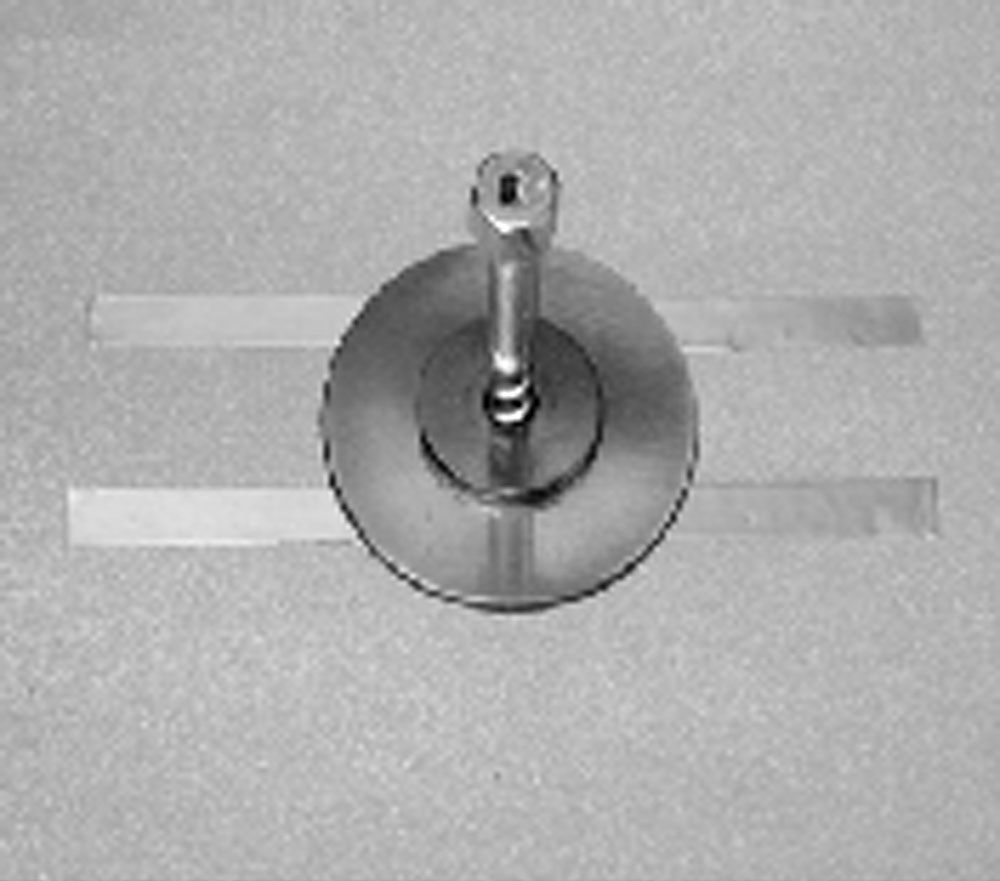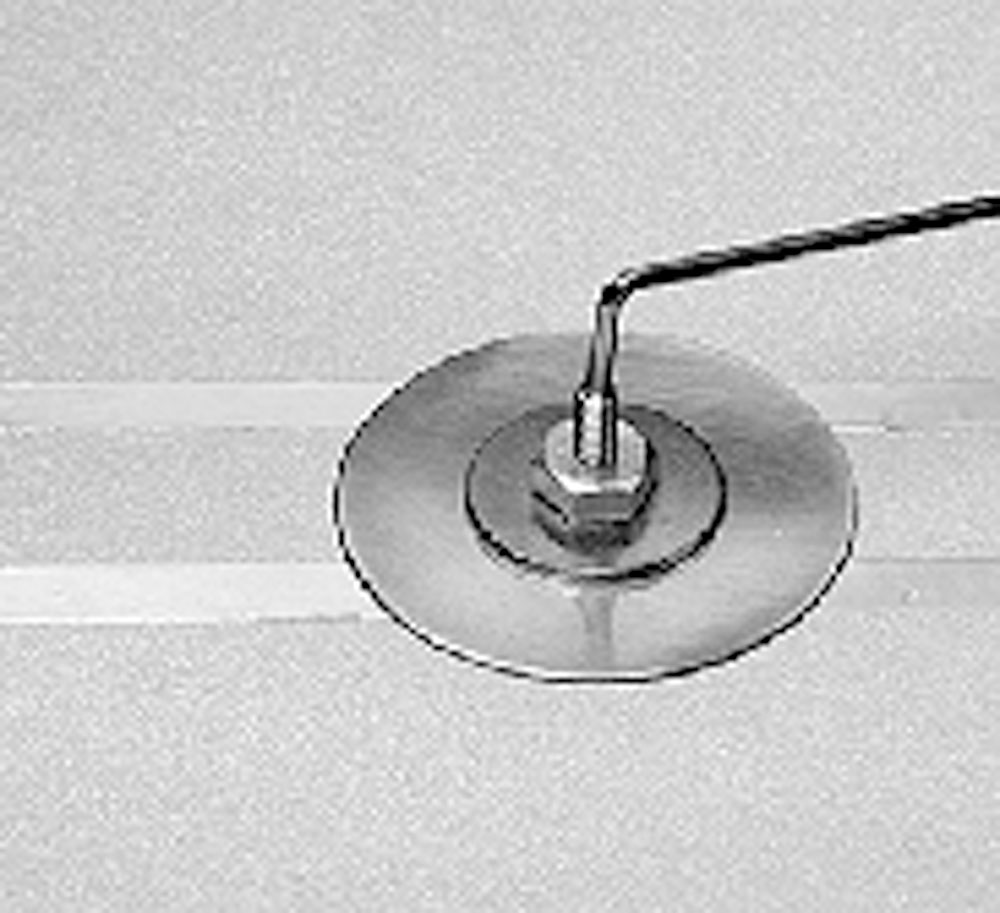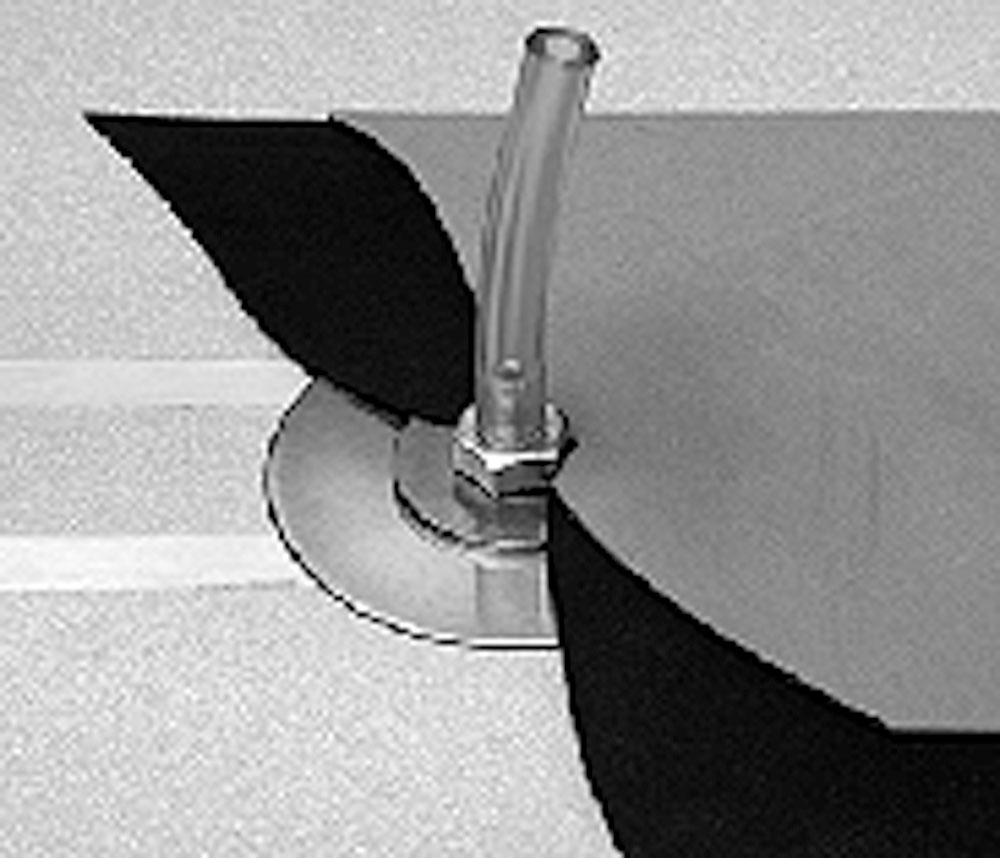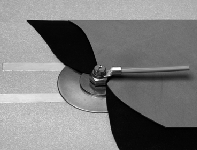
Sikafloor®-220 W Conductive
Sikafloor®-220 W Conductive is a 2-part, water dispersed, epoxy resin with a high electrostatic conducivity. It is part of selected Sikafloor® ECF and ECD flooring systems.
- Electrostatically conductive
- Easy to apply
Usage
The Product is used as a:- Conductive primer below Sikafloor® electrostatic conductive floor coatings
Advantages
- Electrostatically conductive
- Easy to apply
Packaging
Container Part A | 4.98 kg |
Container Part B | 1.02 kg |
Container Part A + Part B | 6 kg |
Colour
Part A | black, liquid |
Part B | white, liquid |
Product Details
ENVIRONMENTAL INFORMATION
- Conformity with LEED v2009 IEQc 4.2: Low-Emitting Materials - Paints and Coatings
- VOC content <100g/l
- Sikafloor®-220 W Conductive is listed on the Eco-Product Directory as environmentally friendly product choice for green building initiatives. (Application No : PL-01397-2022)
APPROVALS / STANDARDS
CE marking and declaration of performance based on EN 13813:2002 Screed material and floor screeds — Screed material — Properties and requirements — Synthetic resin screed material
CE marking and declaration of performance based on EN 1504-2:2004 Products and systems for the protection and repair of concrete structures — Surface protection systems for concrete — Coating
Fire classification report, EN 13501-1, Ghent University, Report No. 20-1069-03
Chemical Base
Water based epoxy
Shelf Life
12 months from date of production
Storage Conditions
The Product must be stored in original, unopened and undamaged sealed packaging in dry conditions at temperatures between +5 °C and +30 °C. Always refer to packaging.
Refer to the current Safety Data Sheet for information on safe handling and storage.
Density
Part A | ~1.17 kg/l |
Part B | ~1.09 kg/l |
Mixed Product | ~1.16 kg/l |
Solid Content by Weight
~44 %
Solid Content by Volume
~34 %
Electrostatic Behaviour
Typical average resistance to ground: | Rg ≤ 104 Ω |
Readings may vary, depending on ambient conditions (i.e. temperature, humidity) and measurement equipment.
Application
Mixing Ratio
Part A : Part B (by weight) | 83 : 17 |
Product Temperature
Maximum | +30 °C |
Minimum | +10 °C |
Ambient Air Temperature
Maximum | +30 °C |
Minimum | +10 °C |
Relative Air Humidity
Maximum | 75 % r.h. |
Substrate Temperature
Maximum | +30 °C |
Minimum | +10 °C |
Substrate Moisture Content
Refer to the individual primer Product Data Sheet
Pot Life
| +10 °C | ~120 minutes |
| +20 °C | ~90 minutes |
| +30 °C | ~30 minutes |
Waiting Time / Overcoating
Before overcoating the product, allow:
| Substrate temperature | Maximum | Minimum |
| +10 °C | ~26 hours | ~7 days |
| +20 °C | ~17 hours | ~5 days |
| +30 °C | ~12 hours | ~4 days |
Note: Times are approximate and will be affected by changing ambient conditions, particularly temperature and relative humidity.
Consumption
Roller coat | ~0.08–0.1 kg/m² |
Note: Consumption data is theoretical and does not allow for any additional material due to surface porosity, surface profile, variations in level, wastage or any other variations. Apply product to a test area to calculate the exact consumption for the specific substrate conditions and proposed application equipment.
EQUIPMENT
Select the most appropriate equipment required for the project:
MIXING
Electric double paddle mixer ~700 W (300 - 400 rpm)
APPLICATION
Short pile (12 mm) nylon rollers
SUBSTRATE QUALITY
Cementitious substrates must be structurally sound and of sufficient compressive strength (minimum 25 N/mm2) with a minimum tensile strength of 1.5 N/mm2.
Substrates must be clean, dry and free of all contaminants such as dirt, oil, grease, coatings, laitance, surface treatments and loose friable material.
Use industrial vacuuming equipment to remove all dust, loose and friable material from the application surface before applying the Product.
TREATMENT OF JOINTS AND CRACKS
Construction joints and existing static surface cracks in substrate require pre-treating before full layer application. Use Sikadur® or Sikafloor® resins.
SUBSTRATE PREPARATION
MECHANICAL SUBSTRATE PREPARATION
IMPORTANT
Exposing blow holes and voids
When mechanically preparing the surface, make sure to fully expose blow holes and voids.
- Remove weak cementitious substrates.
- Prepare cementitious substrates mechanically using abrasive blast cleaning or planing / scarifying equipment to remove cement laitance.
- Before applying thin layer resins, remove high spots by grinding.
- Use industrial vacuuming equipment to remove all dust, loose and friable material from the application surface before applying the Product.
- Use products from the Sikafloor®, Sikadur® and Sikagard® range of materials to level the surface or fill cracks, blow holes and voids.
Contact Sika® Technical Services for additional information on products for levelling and repairing defects.
SUBSTRATE PREPARATION OF NON-CEMENTITIOUS SUBSTRATES
For information on substrate preparation of non-cementitious substrates, contact Sika technical services.
APPLICATION
IMPORTANT
Strictly follow installation procedures
Strictly follow installation procedures as defined in Method Statements, application manuals and working instructions which must always be adjusted to the actual site conditions.
IMPORTANT
Temporary heating
If temporary heating is required, do not use gas, oil, paraffin or other fossil fuel heaters. These produce large quantities of both carbon dioxide and water vapour, which may adversely affect the finish.
- For heating, use only electric powered warm air blower systems.
IMPORTANT
Ventilation in confined spaces
Always ensure good ventilation when applying the Product in a confined space.
IMPORTANT
Protecting the material after application
After application, protect the System from damp, condensation and direct water contact for at least 24 hours.
IMPORTANT
Earthing connections
Self adhesive copper tapes can lead to low conductivity of the floor and non-compliance with the requirements of VDE100-610. There is no protective effect at the earthing point or ~10 cm around the earthing point.
- Only use the earthing points contained in the Sikafloor® Conductive Set
- Do not use self adhesive copper tapes to form conductive grids across the floor
- Earthing points must be marked and covered using a rubber mat with a resistance of > 1 Mohm
Preconditions
Apply only on primed or levelled concrete and screed surfaces. IMPORTANT Do not blind the primer and only start application of the Sikafloor® conductive primer after all the primer has dried tack-free.
- Pour the mixed Product onto the surface. The consumption is specified in Application Information.
- Apply the Product evenly over the surface with a short piled roller.
-
Back roll the surface in two directions at right angles to each other.
Note: Ensure a continuous, pore free coat covers the substrate. - Confirm waiting / overcoating time has been achieved before applying subsequent products.
|
|
|
|
|
|
|
|
Conductivity testing
Note: After curing of the Sikafloor® conductive primer and before application of the subsequent conductive wearing layers. Conductivity testing of the conductive primer must be carried out. All readings must be ▪ below 104 Ohm. Resistance to ground: Insulation Tester Metriso 3000 from Warmbier or comparable. Surface resistance probe: Carbon Rubber electrode. Weight: 2,50 kg (± 0,25 kg); Diameter: 65 mm (± 5 mm); Rubber pad hardness: Shore A 60 (± 10).
CLEANING OF TOOLS
Clean all tools and application equipment with water immediately after use. Hardened material can only be removed mechanically.






